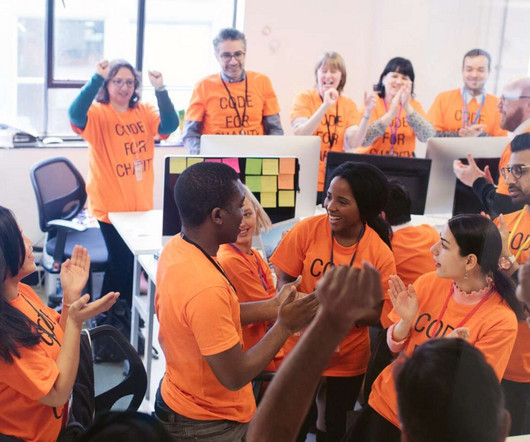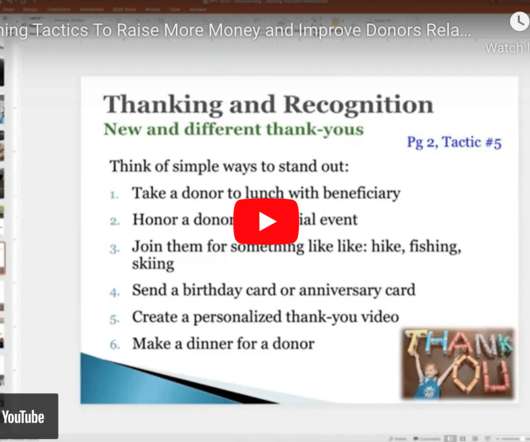How To Build Immunity To Burnout In The Workplace
Eric Jacobsen Blog
APRIL 22, 2024
And making too many personal sacrifices, wanting to leave your job, and having a bad or cynical attitude about your work. Workers with specific EI skills know how to successfully cope with stressful work environments and experiences. The five EI skills are: Build self-awareness to identify what makes you vulnerable to burnout.












Let's personalize your content